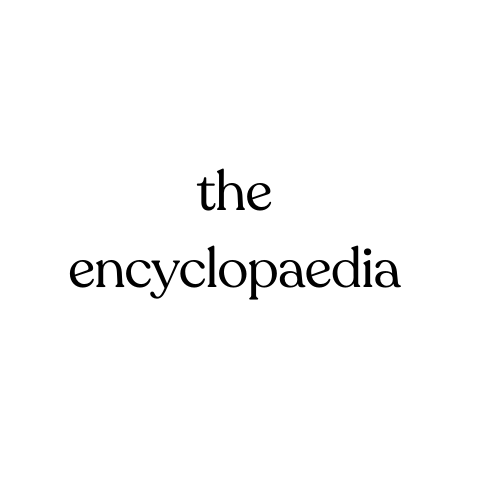some information about khouribga city
Khouribga is a city located in the central region of Morocco, specifically in the Béni Mellal-Khénifra administrative region. It is known for its significant phosphate reserves, which have played a crucial role in the city's economy and development. Here's an in-depth overview of Khouribga:
**Geography and Climate:**
Khouribga is situated in the Khouribga Basin, which is known for its rich phosphate deposits. The city is surrounded by low hills and plateaus, with the Zegzel River flowing nearby. Khouribga experiences a semi-arid climate, characterized by hot summers and relatively mild winters. Summer temperatures often exceed 30°C (86°F), while winter temperatures typically range from 10°C to 15°C (50°F to 59°F). Rainfall is sparse, and the region is prone to droughts, which can impact agricultural activities.
**History:**
Khouribga's history is closely tied to the discovery of phosphate deposits in the region. Phosphate mining began in the early 20th century, leading to rapid urbanization and population growth in Khouribga. The city's economy boomed as phosphate extraction and processing became major industries. Over time, Khouribga evolved from a small mining town into a bustling urban center with a diverse population. Today, the phosphate industry remains central to Khouribga's identity and economy.
**Economy:**
Phosphate mining and processing are the primary drivers of Khouribga's economy. The city is home to numerous phosphate mines and processing facilities operated by the state-owned company OCP Group (Office Chérifien des Phosphates). Phosphate production generates significant revenue for Khouribga and plays a crucial role in Morocco's economy as a whole. In addition to the phosphate industry, agriculture is also important in the surrounding area, with crops such as cereals, olives, and fruits cultivated in the fertile plains.
**Infrastructure and Development:**
Khouribga has experienced significant infrastructure development to support its growing population and industrial activities. Investments have been made in transportation networks, utilities, healthcare facilities, and educational institutions. The city's road and rail connections facilitate the transport of phosphate products to domestic and international markets. Efforts have also been made to improve living standards and access to essential services for residents, including housing projects and social development initiatives.
**Culture and Society:**
Khouribga's culture is influenced by its diverse population, which includes Berbers, Arabs, and immigrants from other regions of Morocco. The city's residents are known for their hospitality, generosity, and strong sense of community. Traditional Moroccan customs and celebrations are observed throughout the year, including religious holidays, weddings, and festivals. The phosphate industry plays a central role in Khouribga's social fabric, providing employment opportunities and supporting local businesses and services.
**Tourism and Attractions:**
While Khouribga is primarily an industrial city, it does offer some attractions and points of interest for visitors. The Phosphate Museum, located in the city center, provides insight into the history and importance of phosphate mining in Khouribga and Morocco. Additionally, the surrounding countryside offers opportunities for outdoor activities such as hiking, birdwatching, and exploring the natural landscape. Visitors can also experience traditional Moroccan cuisine and hospitality at local restaurants and cafes.
**Conclusion:**
Khouribga, with its rich phosphate reserves and industrial heritage, plays a vital role in Morocco's economy and development. While primarily known for its phosphate industry, the city also boasts a diverse culture, strong sense of community, and natural beauty. As Khouribga continues to evolve and grow, it remains an essential hub in the heart of Morocco, contributing to the country's prosperity and progress.

.png)